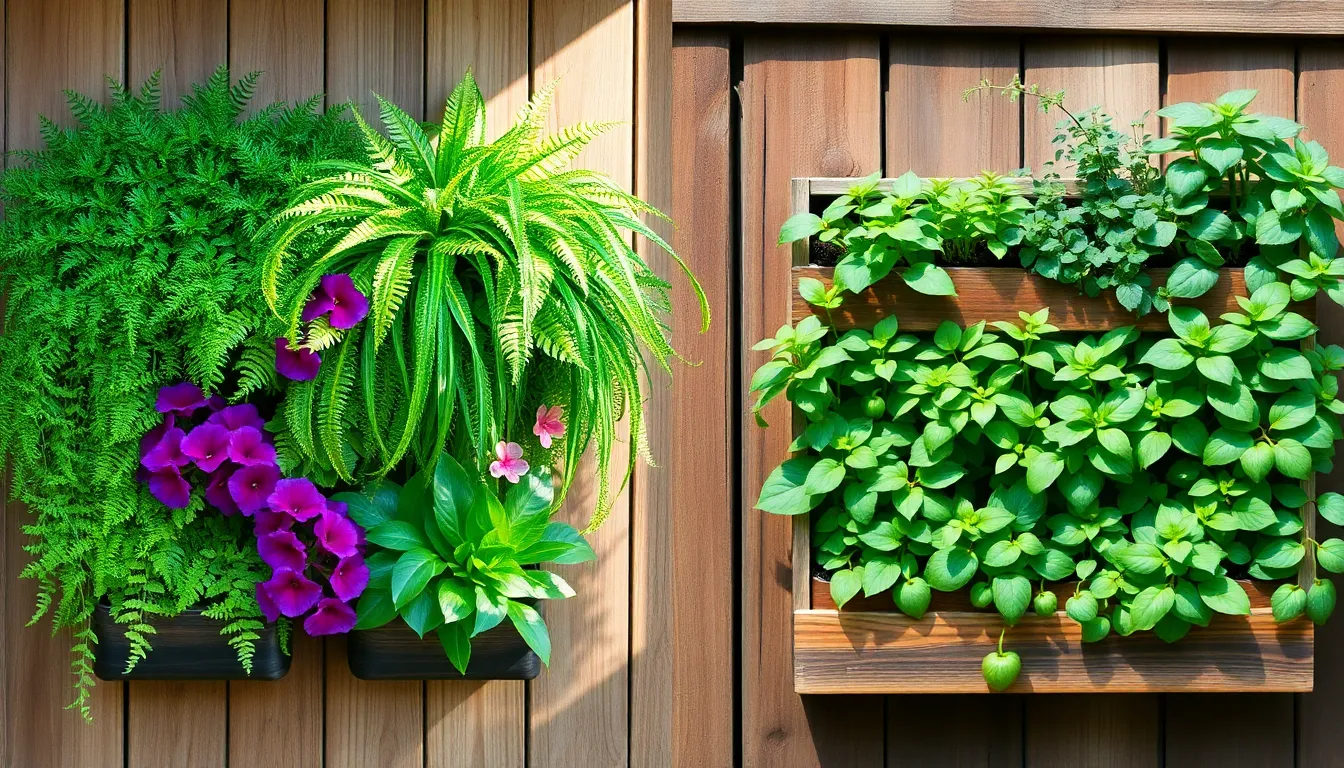Vertical gardens can transform any space, infusing it with the lush beauty of nature and the joy of growth. For both beginners and seasoned green thumbs, the idea of cultivating a garden that reaches skyward rather than sprawling across the earth is as intriguing as it is rewarding. However, the path to a thriving vertical oasis is often dotted with stumbling blocks that can trip up even the most experienced gardener. Understanding these common pitfalls is the key to unlocking the full potential of your vertical gardening endeavor.
In this article, we’ll delve into the typical mistakes that can arise when venturing into vertical gardening and how to avoid them. From selecting the right plants and materials to ensuring proper watering and sunlight, each aspect plays a crucial role in the success of your garden. Whether you’re just starting out on your gardening journey or have been nurturing plants for years, you’ll find practical advice tailored to help you cultivate a vertical garden that flourishes. By the end of this read, you’ll be well-equipped to sidestep these common errors and confidently nurture your vertical paradise.
Choosing Unsuitable Plant Varieties
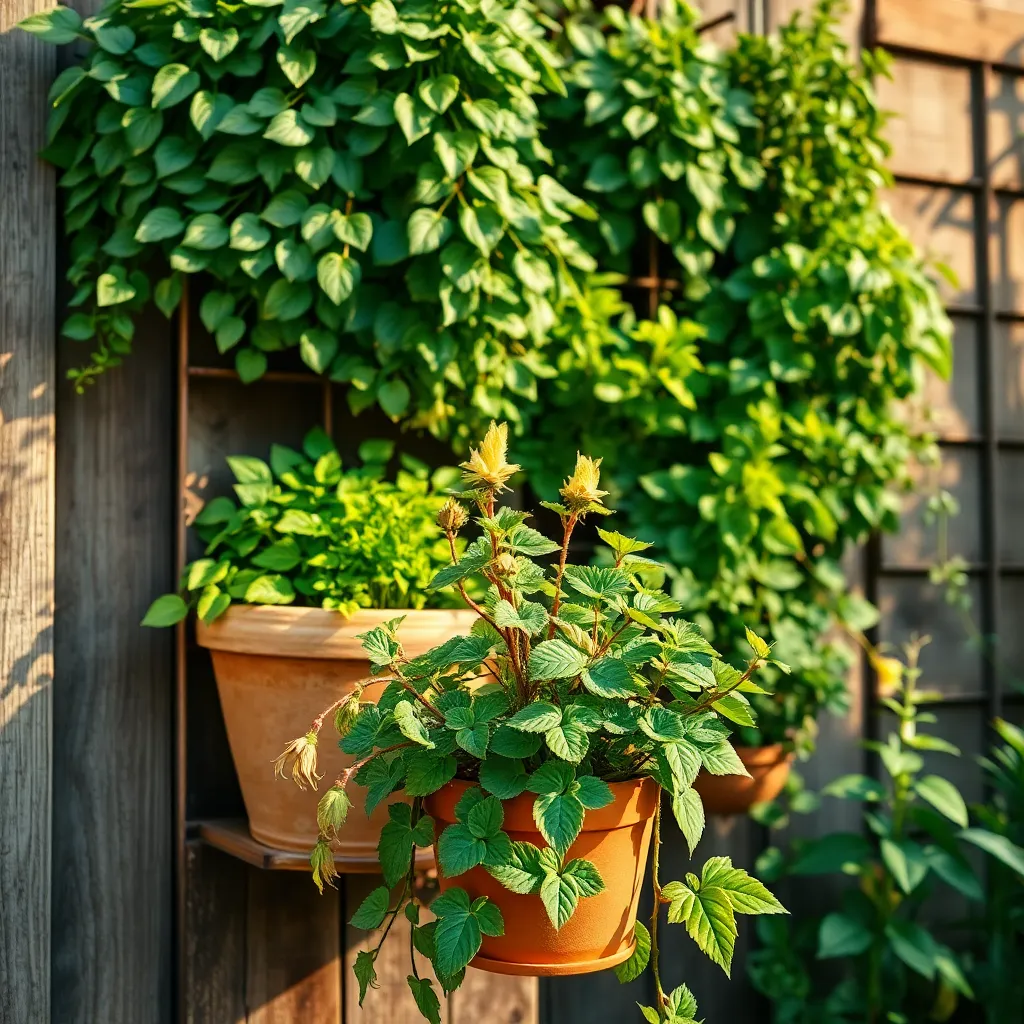
Choosing the right plant varieties is crucial to the success of a vertical garden. Not all plants are suitable for vertical growth, so understanding your options is essential for a thriving display.
Begin by considering the growing conditions of your space, as plants have specific light, water, and soil needs. For instance, if your vertical garden receives full sun, opt for varieties like strawberries or cherry tomatoes, which thrive in bright conditions.
Herbs such as basil, thyme, and mint are excellent choices for beginners, as they are relatively easy to care for and adapt well to vertical setups. Ensure these plants receive consistent moisture by installing a drip irrigation system to maintain optimal soil hydration.
Advanced gardeners might explore growing trailing or climbing plants such as nasturtiums and peas that naturally lend themselves to vertical growth. Use a sturdy trellis or framework to support these plants, encouraging upward growth and maximizing space.
Avoid plants with extensive root systems or those requiring deep soil, like corn or large squash varieties, as they can become root-bound in confined spaces. Instead, choose compact or dwarf varieties that are bred for container or vertical gardening, ensuring healthy growth and bountiful harvests.
Ignoring Sunlight Requirements
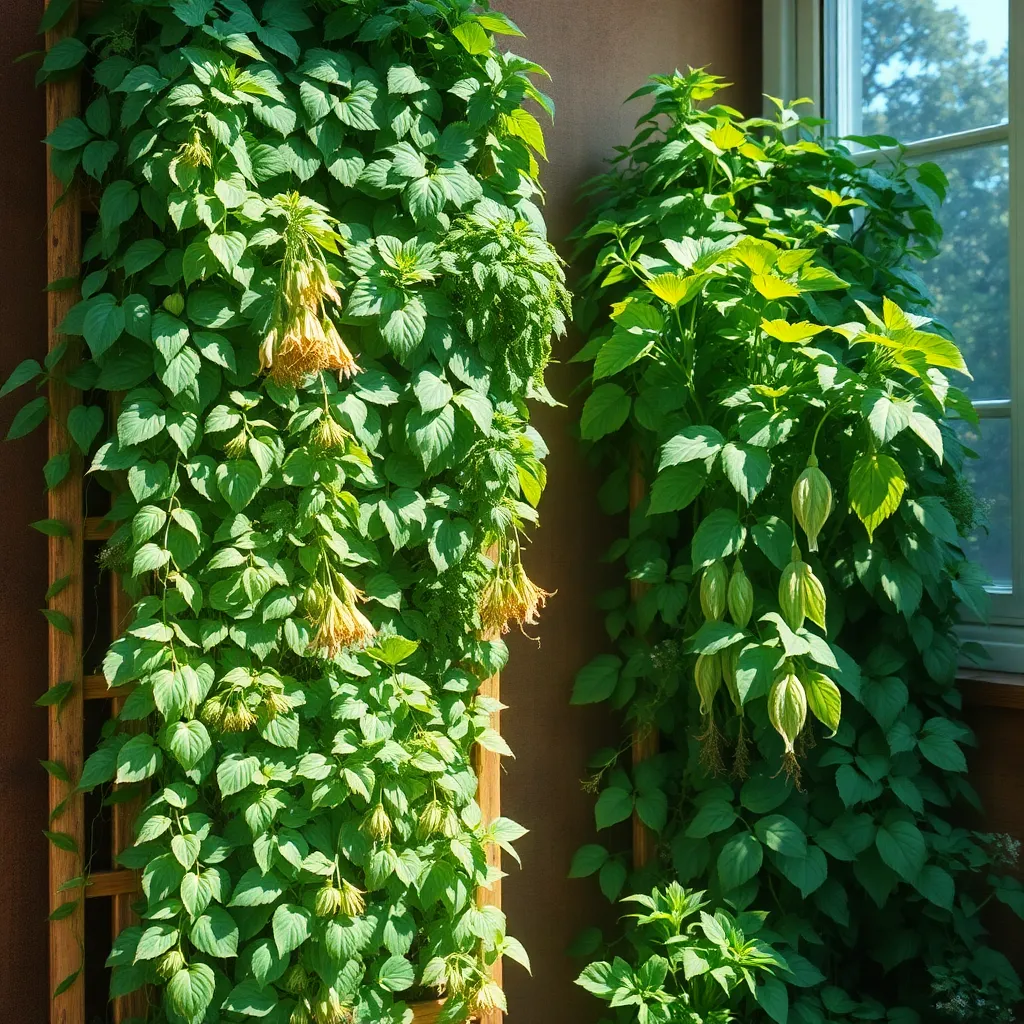
When creating a vertical garden, considering the sunlight requirements of your plants is crucial for their success. Many vertical gardeners overlook this aspect, leading to disappointing results as some plants may not thrive in the available light conditions.
Start by assessing the light conditions of the location where your vertical garden will be installed. Observe how much direct sunlight the area receives throughout the day and choose plants accordingly, such as shade-loving ferns for less sunny spots or sun-loving herbs like basil for brighter areas.
For beginners, sticking to plants that are versatile and adaptable to varying light conditions can be helpful. Varieties like pothos or philodendrons are forgiving and can handle less-than-ideal light, making them great options for new vertical gardens.
On the other hand, experienced gardeners might experiment with more light-sensitive plants in their vertical setups. Consider using a light meter to measure exact sunlight exposure and adjust your plant placement for optimal growth—more accurate than relying on mere observation.
Improper Watering Techniques
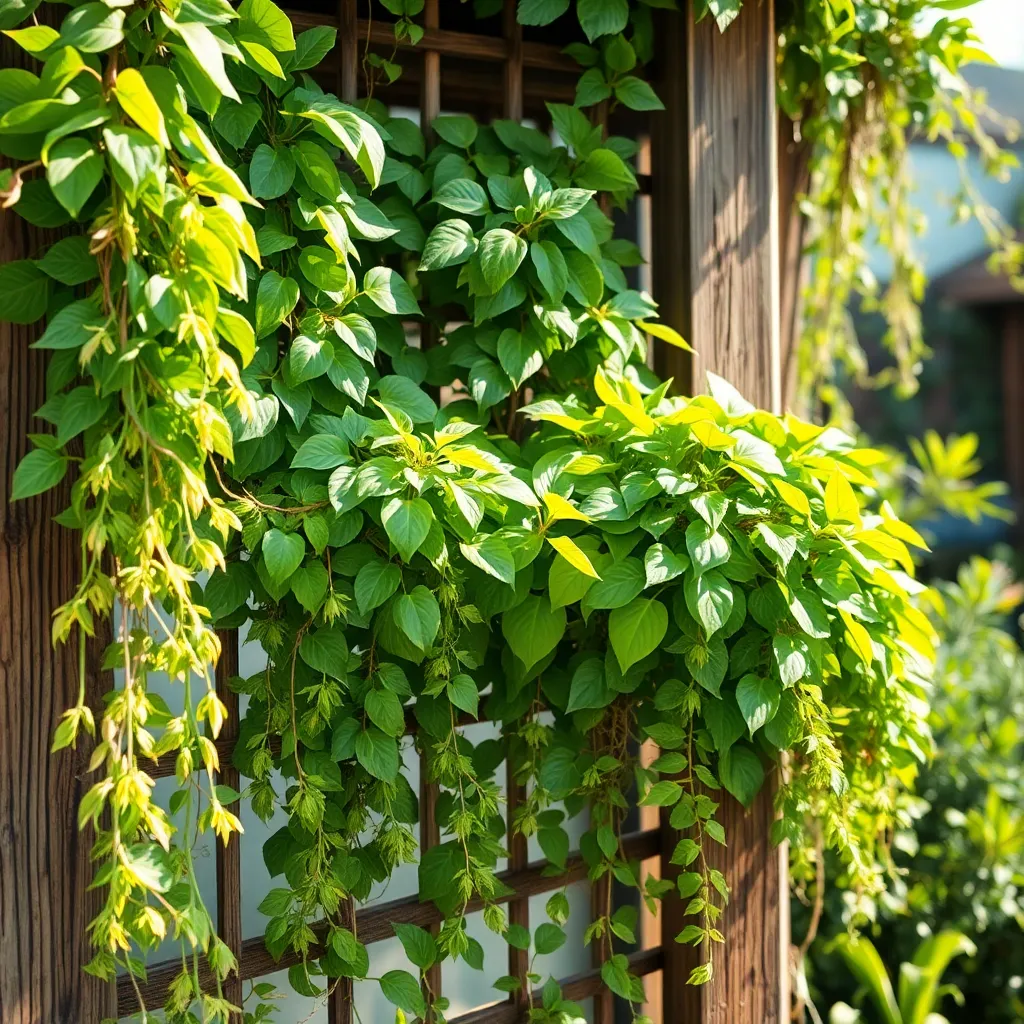
Watering is a critical aspect of maintaining a healthy vertical garden, but improper techniques can lead to issues such as root rot or dehydration. One common mistake is overwatering, which can drown the roots and suffocate the plant.
To avoid overwatering, it’s essential to understand the specific water needs of each plant in your vertical garden. Check the soil moisture regularly by inserting your finger about an inch deep—if the soil feels damp, hold off on watering.
Conversely, underwatering can leave your plants wilting and stressed, particularly those positioned at the top of your vertical setup. Ensure even water distribution by using a drip irrigation system or watering wand to reach all levels of your garden.
Incorporating a moisture-retentive soil mix can help maintain consistent hydration without the risk of waterlogging. A blend of potting soil, peat moss, and perlite provides both drainage and moisture retention, catering to a variety of plant types.
Neglecting Structural Support
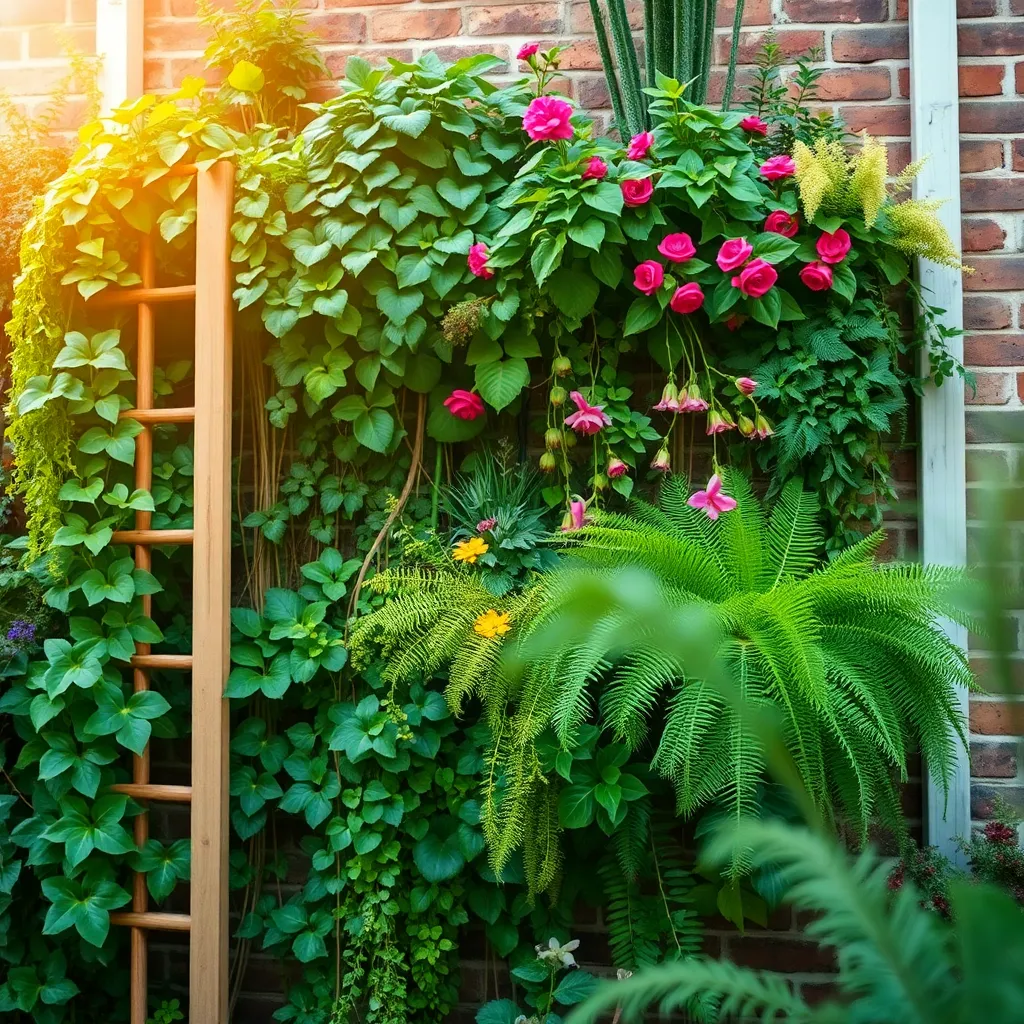
When creating a vertical garden, neglecting structural support can lead to plants collapsing under their own weight. To prevent this, ensure that all vertical structures, such as trellises or wall mounts, are securely anchored and made from durable materials like steel or treated wood.
It’s crucial to choose the right support for the types of plants you’re growing. For instance, climbing plants like tomatoes and cucumbers require strong, vertical supports, whereas lightweight options suffice for herbs and smaller flowers.
Consider the growth habits of each plant to determine the most suitable support system. Vining plants thrive with lattice or wire frames that allow them to weave naturally, while heavier fruit-bearing plants might need sturdy cages or stakes.
Advanced gardeners can experiment with modular support systems, which offer flexibility for rearranging plants as they grow. By planning for future growth, you can ensure that your vertical garden remains both functional and visually appealing throughout the growing season.
Overcrowding Plant Spaces
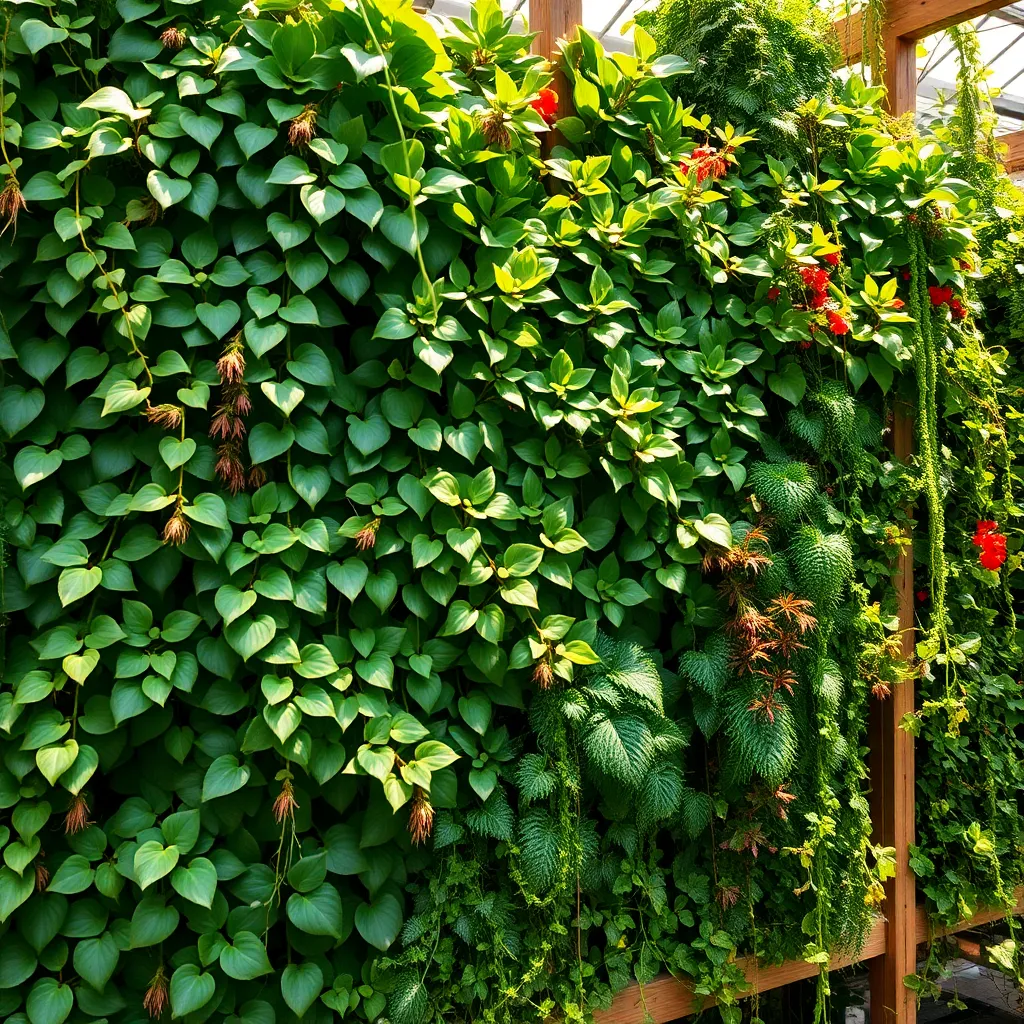
Overcrowding plant spaces is a common mistake that can hinder the success of your vertical garden. When plants are too close together, they compete for resources like sunlight, water, and nutrients, which can stunt growth and reduce yields.
It’s important to understand the spacing needs of each plant in your vertical garden. For instance, herbs like basil and parsley require about 6 to 8 inches of space between plants, while larger vegetable plants like tomatoes might need up to 18 inches.
Consider using tiered planters or hanging pots to maximize space and ensure adequate airflow around each plant. This setup allows for better light penetration and reduces the risk of fungal diseases, which thrive in crowded, damp environments.
Regularly prune and train your plants to grow vertically rather than outward, which can further help manage space. Use stakes or trellises to guide plants upward, creating more room for growth and making it easier to access each plant for maintenance.
Conclusion: Growing Success with These Plants
In exploring the article, “Common Mistakes In Grow A Vertical Garden,” we uncovered five pivotal relationship concepts that can transform your journey together. First, we discussed the importance of shared goals, akin to aligning your vision for a flourishing garden. Next, we delved into communication, emphasizing how crucial it is to nurture your connection like tending to delicate seedlings. The third concept focused on patience, reminding us that relationships, much like gardens, require time and dedication. Fourth, adaptability emerged as a key to thriving in ever-changing conditions. Lastly, we highlighted mutual support, essential for weathering both storms and sunny days.
As an actionable next step, start a conversation with your partner about one shared goal you can nurture together, much like planning the next seed to plant in your garden of love. Bookmark this article to revisit these valuable insights whenever you need a reminder of your relationship’s potential.
With these foundational principles, you’re equipped to cultivate a love that grows stronger and more resilient with each passing season. Remember, the seeds you plant today are the blossoms you’ll cherish tomorrow. Save this guide as your go-to resource for nurturing a relationship that stands the test of time.

